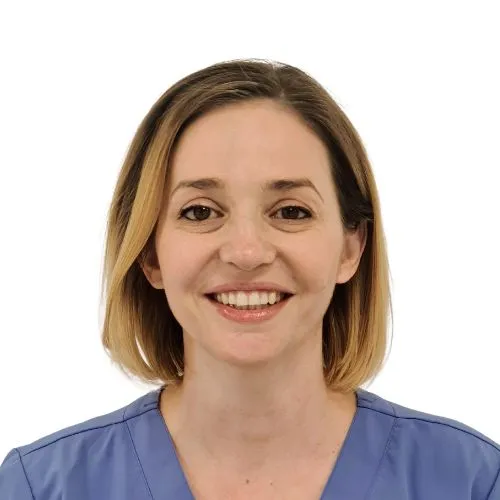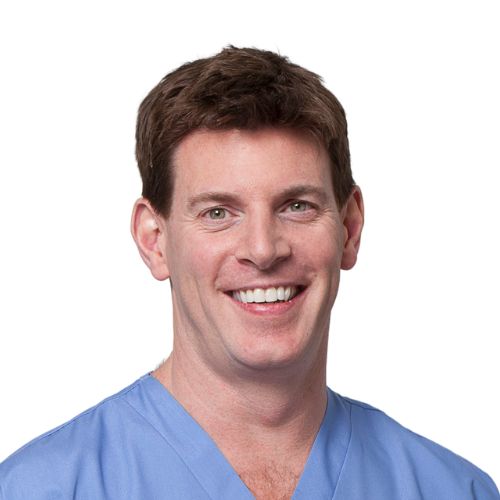- Home
- /
- Private Cyst Removal
What is a cyst
A skin cyst tends to be a roundish raised lump just under the skin’s surface. It is actually formed of a sac or pocket of membranous tissue which contains fluid, semi-solid matter, or air. Often you can move it around a little beneath the skin. This is because the cyst is contained within a little cyst sac.
How are cysts formed?
Some people are prone to cysts due to acne or a genetic predisposition, but most people may not even be aware of the causes of cyst. It could be a past injury or infection, or no determinable cause.
Cysts form when cells that are usually shed at the skin’s surface get trapped in its layers. They tend to stem from clogged sebaceous glands, ingrown hairs and infection. Keratin is secreted into the centre and this is what causes the cyst sac to develop.
What are the two types of cysts?
The two most common types of cysts on the skin are:
Epidermoid cysts
Epidermoid cysts are produced by keratin accumulation and often occur where there is trauma around a hair follicle. They can grow on the back, face, neck, and head. If epidermoid cysts become painful, red, and swollen, they may be infected, so see a professional.
Sebaceous cyst
Sebaceous cysts can appear on the scalp, back, neck, and face. They occur when sebaceous glands become blocked and keratin fluid becomes trapped around a blocked or damaged hair follicle. Some individuals dismiss it like a pimple. However, pimples are closer to the skin’s outermost layer and don’t last as long as cysts.
What is the most common type of cyst?
The epidermoid cyst is the most frequent type of cyst. These cysts grow near a hair follicle in the top layer of the skin after trauma.
What size cyst needs surgery?
There is no minimum size – if your cyst is bothering you, then you can look at getting it removed. Some clients struggle with the protrusion aspect of the cyst, as it can get in the way or catch on clothing. Others are more worried about the aesthetic appearance of it and how it looks. Whatever the reason, you can trust our cyst removal expert doctors.
What can happen if a cyst is left untreated?
When pus-filled cysts are left untreated, they can last for years and may well get bigger over time as well. If bacteria become overactive within the cyst, then it can become infected and may develop into an abscess. You might need antibiotics if there is an infection. There’s also a risk of blood poisoning if the abscess ruptures within your body.
Can I remove a cyst myself?
You can try using a warm flannel to help ease the cyst and make it more comfortable. In some cases, this may help it to shrink.
However, it requires surgery to fully remove the cyst and extract the sac. Attempting to remove the cyst on your own is highly inadvisable. DIY attempts to get rid of cysts might result in complications and infection. If not removed correctly, it’s very possible that it’ll return.
Why should a cyst be removed by professionals
Cyst removal is a minor surgical procedure. It is carried out using local anaesthetic and sterile surgical instruments (scalpel). A trained doctor or surgeon will have the necessary skills for precise excision of the cyst as well as closing the wound neatly, which is important to the healing process for minimal scarring results.
Although most cysts are benign, a medically trained professional may on occasion recommend a biopsy. If there is any concern that the cyst might be malignant, early treatment is crucial.
Is cyst removal surgery a serious procedure?
The surgery is a minor one. It only needs local anaesthetic and can be carried out in under half an hour in a clinic environment. It doesn’t require a trip to hospital. However, a trained and experienced specialist should always perform the procedure to ensure safety throughout. They can be alert for any suspicious signs.
Cyst surgery before and after
Cysts can be awkward and can look unpleasant. After removal, the bump will have gone immediately, but you are likely to have redness for a while, even after the initial wound has healed. For a week or so after the surgery, avoid undertaking any vigorous activity, including exercising. However, you should be able to reclaim your life very quickly.
It can take a few months for all the redness to completely dissipate, leaving just a white or silvery scar. This is rarely noticeable and will be considerably better looking than the cyst was. Please look at our before and after photos to see some examples of cyst removal results.
Why go private to get your cysts surgically removed
In the UK, the NHS provision for cyst removal has been drastically reduced over recent years. Cysts are classified as a cosmetic condition and therefore there is little availability. Where cysts do qualify, treatment can be subject to long waiting lists.
Private cyst removal offers fast access to expert doctors with no waiting lists. Cyst extraction is a relatively simple surgical treatment that requires only local anaesthetic. The procedure will take about 20-45 minutes depending on the size and complexity of the cyst. It does not necessitate a hospital visit, it can be done in specialist skin clinics such as Cosmedics Skin Clinics.
Why choose Cosmedics for private Cyst Removal surgery
If you’re seeking skilled cyst removal professionals, our experts at Cosmedics can offer you privacy, reliable guidance, and outstanding care. We specialise in removal of bothersome lumps and bumps on the skin. We understand that patients want excellent results and our specialists are trained in minimal scarring techniques. Contact our team right away to book an appointment! If you’re not sure, we welcome clients sending in photos for our experts to give some initial advice.
Treatment Benefits

Time

Recovery

Results

Duration
Videos - Cyst Removal Treatment at Cosmedics
FAQ's

(1) – J Eur Acad Dermatol Venereol
- . 2009 Aug;23(8):887-90.
- doi: 10.1111/j.1468-3083.2009.03191.x. Epub 2009 May 3.
- A new method for facial epidermoid cyst removal with minimal incision
- H-J Yang 1, K-C Yang
- Affiliations expand
- PMID: 19453795
(2) Comparison of the surgical outcomes of punch incision and elliptical excision in treating epidermal inclusion cysts: a prospective, randomized study.
- Lee HE, Yang CH, Chen CH, Hong HS, Kuan YZ.Dermatol Surg. 2006 Apr;32(4):520-5. doi: 10.1111/j.1524-4725.2006.32105.x.PMID: 16681659 Clinical Trial.
Excision of epidermoid cysts with a minimal linear incision
- Rao K, Tehrani H.Dermatol Online J. 2006 Jan 27;12(1):21.PMID: 16638389 No abstract available.
Minimal excision technique for epidermoid (sebaceous) cysts
- Zuber TJ.Am Fam Physician. 2002 Apr 1;65(7):1409-12, 1417-8, 1420.PMID: 11996426 Review
Minimal Incision Suction-Assisted Excision of a Large Epidermal Cyst
- Park SW, Choi J, Lee HS, Kim J.Aesthetic Plast Surg. 2015 Aug;39(4):570-3. doi: 10.1007/s00266-015-0517-5. Epub 2015 Jun 18.PMID: 26085226
Clinical inquiries. What’s the best treatment for sebaceous cysts?
- Moore RB, Fagan EB, Hulkower S, Skolnik DC, O’Sullivan G.J Fam Pract. 2007 Apr;56(4):315-6.

The treatment will generally last around 30 minutes and it is carried out under local anaesthetic. The cost for the removal of a cyst by surgical excision starts from £500. The cost for medium cyst is about £750 and larger cysts £850. The exact cost will be given when the doctor assess the cyst before your procedure.

At Cosmedics we are aware of peoples perception it might be painful. This is not the case as we use nano sized needles to numb the area first so you don’t feel anything during the procedure.

Cysts grow with time and can become uncomfortable and a nuisance that means people become more self-conscious about them. If a cyst is on the face ideally you want to remove them when they are small so any scar will be less. If they are on the body or scalp when they reach 2-3 cm in size you would ideally time to remove them so any scarring is minimal.
If left untreated, benign cysts can cause complications including infection; where the cyst fills with bacteria and pus and becomes an abscess which leads to be a bigger wound and more scarring.

It can be difficult to tell whether a lump is a cyst or something else that might need treatment. Sebaceous cysts can be confused with lipomas that often sit deeper in the skin. These are also harmless and can be removed if they are bothersome.
It can be very difficult to self-diagnose a cyst, as there are so many types. Our doctors are expert in diagnosing and treating all sorts of lumps and bumps, blemishes and lesions. As well as cysts and lipomas, we also see and treat moles, skin tags and warts.
The best way to find out more is to book a face to face consultation with one of our experts. You’ll get a proper diagnosis as well as advice about treatment options.

Our doctors use micro excisions where possible to any scarring is kept to a minimum and heal quickly.

















